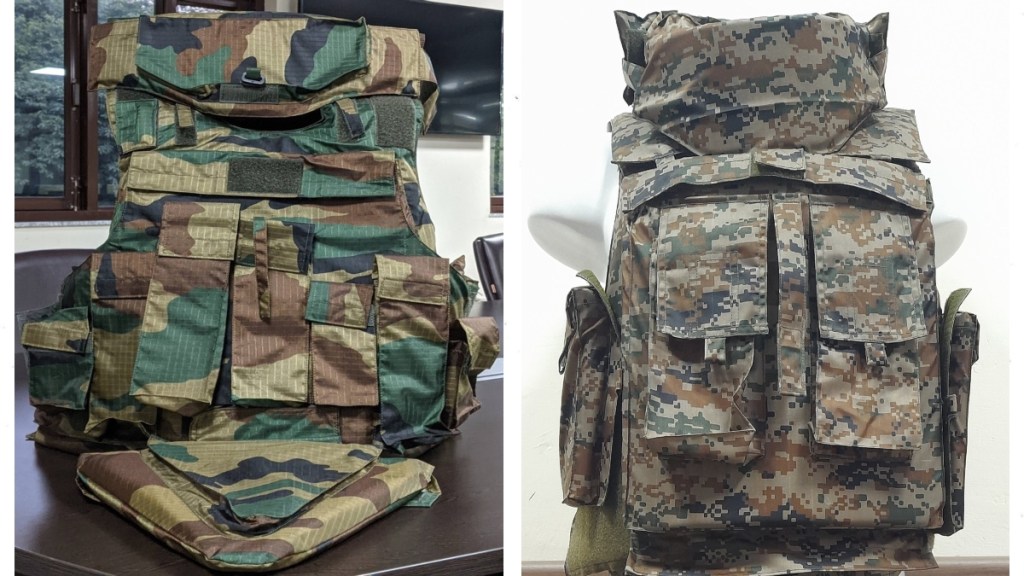India’s defence technology landscape is witnessing a significant transformation with the introduction of the ABHED (Advanced Ballistics for High Energy Defeat) lightweight bulletproof jacket. Developed collaboratively by the Defence Research and Development Organisation (DRDO) and the Indian Institute of Technology (IIT) Delhi, ABHED is expected to enhance the operational capabilities of Indian armed forces by offering superior protection without compromising mobility.
Advanced Materials and Design
The ABHED jacket employs a combination of polymers and boron carbide ceramic materials, known for their high strength-to-weight ratios. This innovative approach allows the jacket to weigh between 8.2 kg and 9.5 kg, depending on the specific configuration. The design ensures 360-degree protection through modular armour plates that can be adapted for different mission requirements, providing soldiers with flexibility in various combat scenarios.
Performance Standards
The ABHED jacket has undergone extensive research and development trials to meet the Indian Army‘s General Staff Qualitative Requirement (GSQR). These rigorous tests confirm the jacket’s ability to withstand high-velocity projectiles, ensuring soldier safety in combat situations. By leveraging indigenous technologies, the jacket not only fulfills immediate defence needs but also aligns with India’s vision of self-reliance in defence manufacturing.
Global Comparisons
When comparing ABHED with similar lightweight bulletproof jackets globally, it is crucial to look at innovations from countries such as the United States, Russia, and China.
United States: The Interceptor Body Armor remains one of the most recognized protective systems used by US forces. While it provides robust protection, its weight can be a disadvantage during extended operations. In contrast, ABHED’s lower weight and modularity enhance the agility of Indian soldiers on the battlefield.
China: China has made significant advancements in personal armour technology, particularly with its Type 07 body armour, which uses high-strength materials and offers modular protection. While the Type 07 jacket is effective, it generally emphasizes bulkier designs that can hinder movement.
Russia: The Russian military employs several models, including the 6B45, designed for flexibility and integrated with modern materials. However, these jackets can be heavier, which may limit their effectiveness in rapid-response situations.
Strategic Implications
The launch of the ABHED jacket is expected to not only strengthen India’s defence capabilities but also position it as a potential competitor in the global defence market. The focus on indigenous development reflects a commitment to self-reliance in defence production, reducing dependence on foreign technologies.
